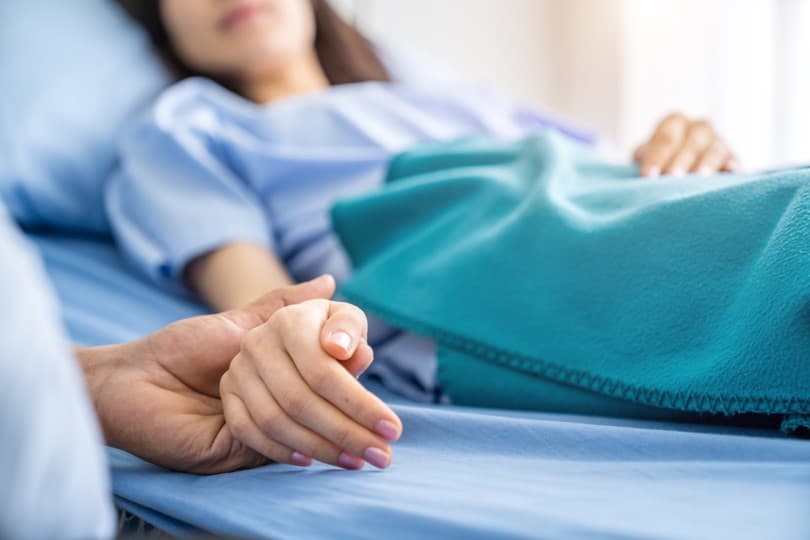
Remote Observation in Behavioral Units
Remote observation has become increasingly popular in behavioral units, especially in the current pandemic situation where social distancing is crucial to prevent the spread of COVID-19.
What is Remote Patient Observation?
Remote observation refers to the process of monitoring patients’ behaviors from a distance using various technologies such as video cameras and audio recording devices.
Benefits of Remote Patient Observation
There are several benefits of remote observation in behavioral units. Firstly, it allows healthcare professionals to monitor patients’ behaviors more effectively, even if they are not physically present in the room. This can be particularly helpful for patients who require constant monitoring, such as those who are at risk of self-harm or suicide. Remote observation can provide an extra layer of protection for these patients and can help prevent any potential incidents.
Secondly, remote observation can also help healthcare professionals to assess patients’ behaviors more objectively. When healthcare professionals are physically present in the room, their presence may influence patients’ behaviors, making it difficult to assess their true behavior. Remote observation eliminates this bias and allows healthcare professionals to assess patients’ behaviors more accurately.
Thirdly, remote observation can also save time and resources. Instead of having to physically monitor each patient, healthcare professionals can monitor multiple patients simultaneously from a remote location. This can save valuable time and resources, allowing healthcare professionals to focus on other important tasks.
Patient Privacy and the Use of Technology in Remote Patient Observation
There are, however, some challenges associated with remote observation in behavioral units. One of the main challenges is ensuring patient privacy and confidentiality. Patients may feel uncomfortable knowing that they are being monitored, and their privacy may be compromised if the monitoring is not done appropriately. Healthcare professionals must ensure that patients are fully informed about the monitoring process and that their privacy is protected.
Another challenge is ensuring the reliability and accuracy of the monitoring equipment. Video cameras and audio recording devices must be of high quality to ensure that they capture patients’ behaviors accurately. Healthcare professionals must also ensure that the equipment is regularly maintained and updated to prevent any malfunctions.
Remote Observation is an Effective Way to Keep Patients Safe
In conclusion, remote observation can be a valuable tool for healthcare professionals in behavioral units. It can improve patient safety, provide objective assessments, and save time and resources. However, it is important to ensure that patients’ privacy and confidentiality are protected and that the monitoring equipment is reliable and accurate. With the right protocols and procedures in place, remote observation can be an effective way to monitor patients’ behaviors and ensure their well-being.
To see if remote observation for behavioral health patients is right for you request a demo https://care-view.com/about-us/request-a-demo/.